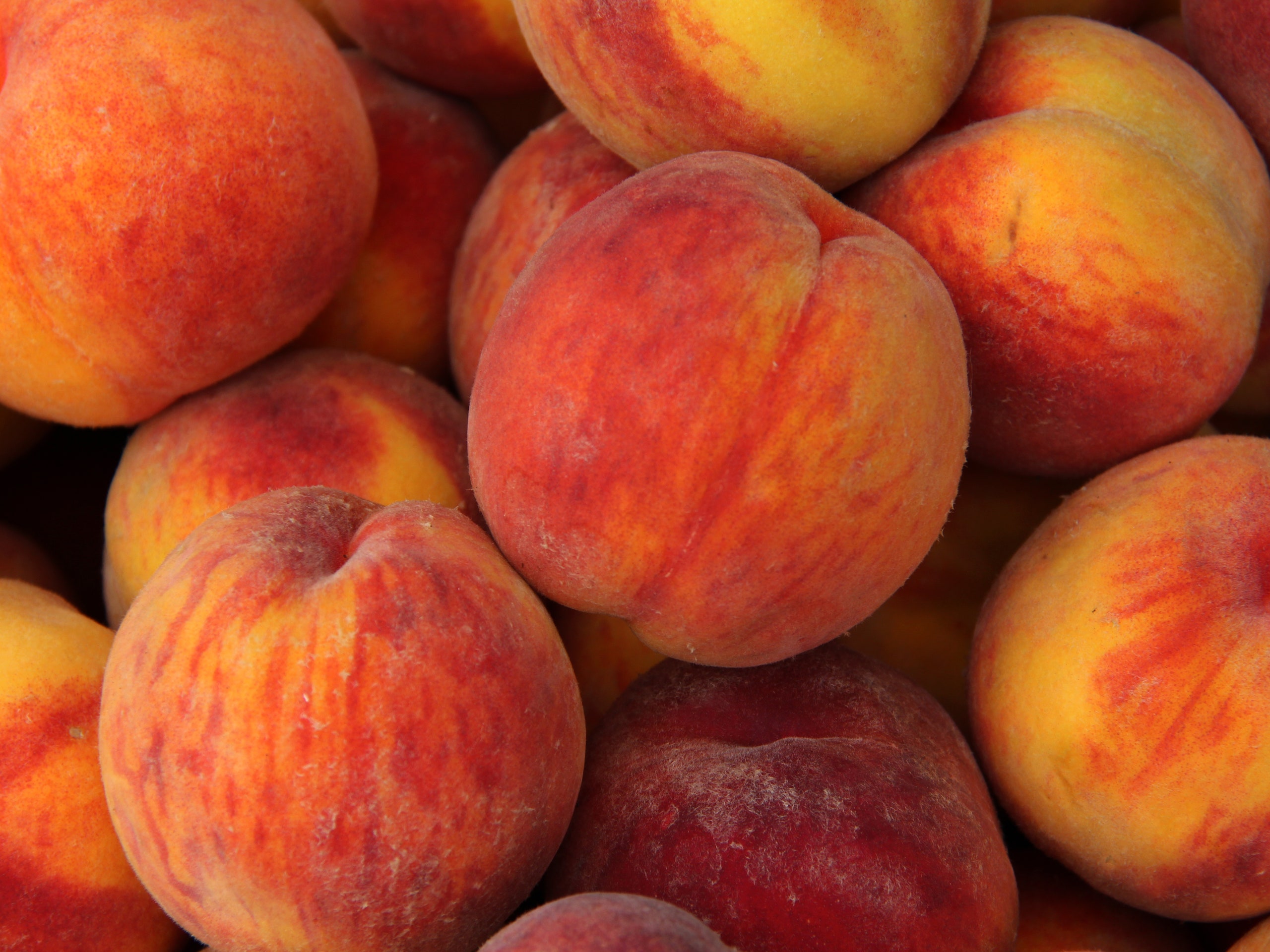Facts About Peaches | Interesting | Summer Fruits

The Peach is a staple in today’s society, it’s both a deliciously juicy summer fruit to enjoy, and also a popular emoji with multiple uses, but we won’t get into the emoji stuff today! Recently we in the UK have been getting a nice streak of sunny and clear blue skies (hopefully it lasts for a while but let’s be honest, the UK isn’t too kind to us when it comes to the weather).
The Peach is a summer fruit, usually in Season in the UK from July to August. They’re mainly Oval to almost globular (so kind of like a sphere, but squished down a little bit). The peach has a, well, peachy colour, which is a mix of pink and orange. The main peaches we’ll know are “White Peaches” (these are the ones that have a peachy colour) and “Yellow Peaches” which are bright yellow. When opened up, the fruit has a bright orange interior, with a pit resting in the centre.
Like with most fruits, the colour of the skin indicates what the peach may taste like. White Peaches tend to be slightly sweeter, and yellow peaches have a somewhat acidic taste. For both, the skin/peel is thin and rather soft.
Interestingly, the Peach has a botanical name (Prunus persica) which links itself to Persia, but genetic studies tell us that the Peach most likely originated from China. Evidence discovered recently suggests that the fruit has been domesticated as far back as 6000 BC. Between 4700 and 4400 BC, some peach cultivars arrived in Japan. These cultivars were expected to be very similar to those we consume today. The peach then slowly made its way around the world, arriving in India by 1700 BC, and Greece by 300 BC. It was cultivated greatly in Northwest Europe by the Romans, though the production of it had diminished around the sixth century. It was only until the 9th century that the production of peaches had started up again. Interestingly, the Peach arrived in South America before England and France. It was the Spanish explorers who took it across the Atlantic Ocean and to South America in the 16th century. Only a century later did the fruit make it onto the shores of England and France. It reached North America when England took the fruit to its colonies in the same century.
Peaches are rich in some Nutrients and Antioxidants. In fact they have a lot of Vitamin C and Vitamin A. It also has some amounts of Potassium, Niacin, Vitamins E and K, copper and Manganese.
Oxidative stress is something that is linked to many ch ronic diseases and premature ageing. The Antioxidants, that can be found in Peaches, for example, help combat this process.
Vitamin C helps protect your cells and keeps them healthy. It also helps maintain healthy skin, blood vessels, bones and cartilage.
The other Vitamin that Peaches are rich in, is Vitamin A. This helps your vision, boosts your immune system and helps your reproductive system too. Not only that, Vitamin A helps keep your heart, lungs, kidneys and some other organs working as they should be working.

 Free delivery to selected areas!
Free delivery to selected areas!

















Comments